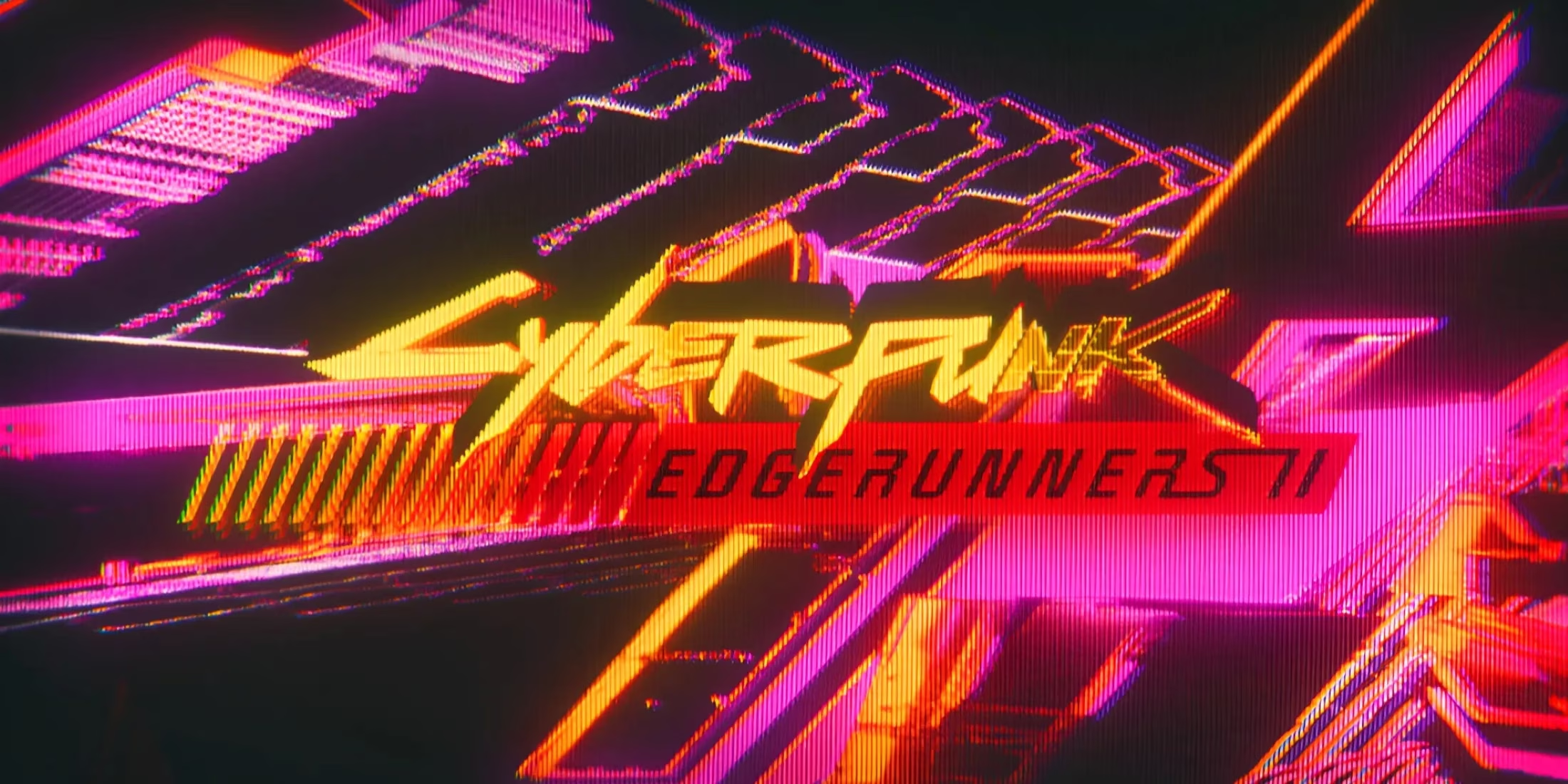The digital rain fell on Night City like shattered dreams when Cyberpunk: Edgerunners first pierced the collective consciousness. Amidst the turbulent aftermath of Cyberpunk 2077's rocky launch – when player enthusiasm had dwindled to mere whispers in chrome-plated alleys – this anime phoenix soared from Netflix servers, reigniting passion for CD Projekt Red's dystopian vision with nuclear intensity. Studio Trigger's vibrant animation became a synaptic bridge between worlds, translating the game's essence into a tragic symphony of chrome and flesh that resonated far beyond gaming circles. Like a lone streetlight piercing through toxic fog, it illuminated Night City's soul for newcomers and veterans alike, proving that compelling characters could carve legends even in the absence of V or Johnny Silverhand.

The Resonance of Isolation
What made Edgerunners extraordinary was its paradoxical detachment. Existing as a prequel yet orbiting Cyberpunk 2077 like a distant satellite, it crafted its own constellation of misfits – David, Lucy, Rebecca – whose fates burned bright but left no visible scorch marks on the game's narrative landscape. This creative choice felt like watching parallel universes through one-way glass: intimately familiar yet frustratingly untouchable. Adam Smasher's menacing presence became the lone tether between realities, a monolithic shadow stretching across both mediums while beloved figures like Panam Palmer or Goro Takemura remained spectral absences. The anime's emotional gravity formed a self-contained nebula – breathtaking to behold, yet drifting separate from the game's established solar system.
Phantom Limbs of Storytelling
Post-Edgerunners, CD Projekt Red sprinkled cosmetic tributes throughout Night City like digital confetti after a funeral. These Easter eggs – Rebecca's shotgun displayed behind glass, Lucy's graffiti tags haunting alleyways – felt like finding abandoned datashards hinting at unwritten legends. They were ghostly echoes rather than living continuations, resembling museum exhibits behind velvet ropes instead of organic story branches. What if David's legacy had triggered rippling questlines? Imagine encountering Lucy not as static graffiti but as a fractured netrunner haunting the Ghost City's code? This narrative dissonance created phantom limb syndrome among fans: they could almost feel the weight of untold connections that never materialized.
Edgerunners 2: Loom of New Threads
When CD Projekt Red announced Cyberpunk: Edgerunners 2 at Anime Expo 2025, the revelation crackled through the community like voltage through exposed wiring. Defying expectations, this "sequel" discards continuity like outdated cyberware, promising an entirely fresh tapestry woven in Night City's same rain-slicked loom. No returning characters. No direct storyline ties. Just Studio Trigger's visionary animation plunging into unexplored urban trenches. This blank-slate approach offers redemption for the first season's sole critique: the chasm between game and anime narratives. The timing proves prophetic too – arriving before Project Orion, Cyberpunk's true game sequel, it could function as narrative kindling.
The Synaptic Bridge Potential
Imagine Edgerunners 2 introducing Project Orion's protagonists through anime's emotive lens, their backstories unfolding in episodic tragedy before players ever grasp controllers. Such cross-medium synergy could transform the anime from companion piece into vital neural pathway. The new characters might be like encrypted data packets – fragmented in the show, fully decrypted in the game. This approach would remedy the original's solitary brilliance, making the anime's emotional payload land with thermonuclear impact when encountered later in-game. The streets of Night City deserve stories that bleed across mediums like neon through rainwater, creating persistent narrative stains rather than evaporating cameos.
The Unfolding Code
No release date yet graces the horizon – projections suggest 2026 at earliest – but anticipation already hums like overloaded circuitry. Edgerunners 2 carries the weight of dual expectations: honoring its predecessor's soulful execution while weaving tighter bonds with CD Projekt Red's evolving universe. Could Takemura's pre-Arasaka days flicker through background monitors? Might a prototype version of Orion's rumored AI antagonist glitch through terminal screens? The potential vibrates with electric promise.
So let your chrome fingers hover over the watch button, edgerunners. When Cyberpunk: Edgerunners 2 finally erupts onto screens, dive headfirst into its digital bloodstream. Let its neon-soaked tragedies rewrite your understanding of Night City's heartbeat. Subscribe to updates, join community theories, and prepare your psyche for the coming storm – because this time, the revolution won't be contained to one medium. The next legend starts with your viewership.
As summarized by Eurogamer, the evolving relationship between anime adaptations and their source games is reshaping fan engagement across genres. Eurogamer's recent features on Cyberpunk: Edgerunners highlight how Studio Trigger's visual storytelling not only revitalized interest in Night City but also set new standards for cross-media synergy, paving the way for future collaborations like Edgerunners 2 to bridge narrative gaps and deepen immersion.